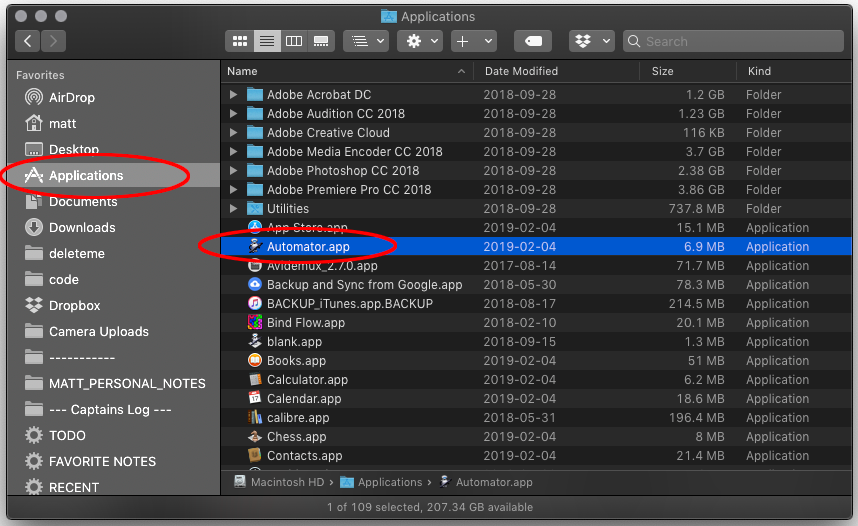

On the left side, you have your folder hierarchy, and in the middle, you have all your custom metadata columns. You will be presented with a screen that looks like one below.On the Library Settings page, choose Column Default Value Settings.Navigate to your Library Settings ( Gear Icon > Library Settings).Now it is time to map folders to metadata. Step 3: Map folders with metadata using Column Default Value Settings feature In my case, I created two columns: Client Name (with a drop-down for client name) and Document Type (with a drop-down for document types). Repeat for all the metadata columns you plan to have in your library.Fill in the column name, then drop-down choices, hit Save.Now it is time to create metadata columns. Subfolders (Level 2) Step 2: Create your metadata columns In my case, I created two levels of folders, top-level with Client Names (i.e., Facebook, Google, Microsoft) and subfolders underneath each client folder for different types of documents (i.e., Invoices, Quotes, Contracts). Later on, we will need to map these folders to metadata, so the more folders you create, the more set up it is for you. Go ahead and create folders and subfolders, don’t go crazy with deep folder hierarchies – try to keep it as flat as possible.
IFLICKS SET FILENAME HOW TO
I assume your IQ is high enough to know how to create new folders in SharePoint so that I won’t be covering those steps here. The first step in the process is to create your folder hierarchy. How to set up Column Default Value Settings? Step 1: Create your folder hierarchy Once configured, documents dropped into folders will get the respective metadata assigned to the folder. Let me explain to you what it is and how to use this feature to tag files with metadata based on folders.Ĭolumn Default Value Settings is a feature of a document library that allows you to associate (map) folders with particular metadata columns. And to help us out, we will use a feature called Column Default Value Settings. If that is the case – this trick below might appease both the folder conservatives and metadata liberals. Despite being a staunch supporter of metadata, I realize that many users might not necessarily get buy-in with metadata right away. But that is precisely what this post is all about. This is very unusual – I have used the “F” word and metadata in the same sentence.


 0 kommentar(er)
0 kommentar(er)
